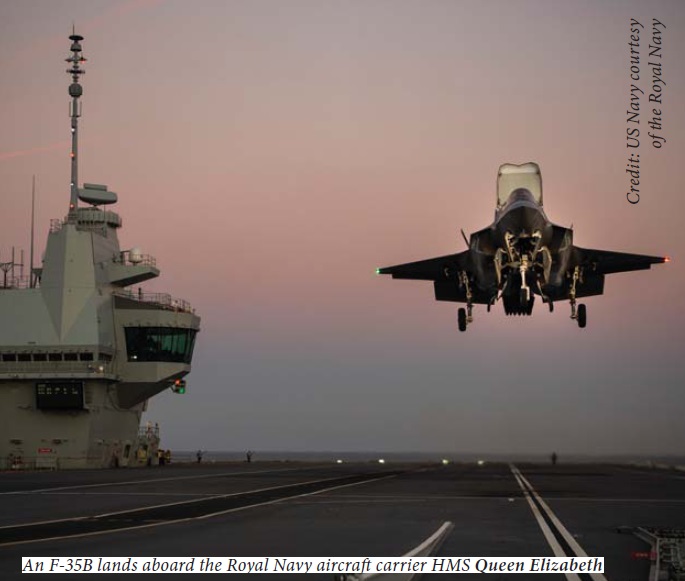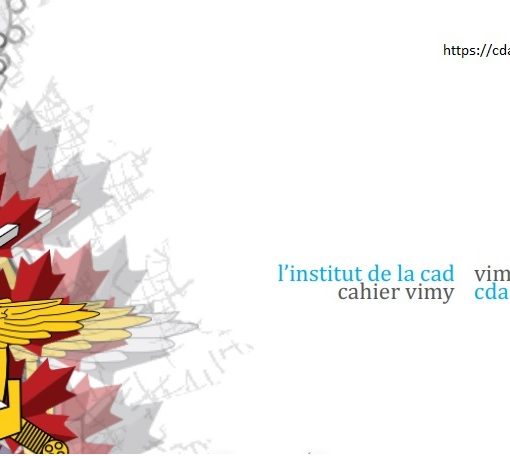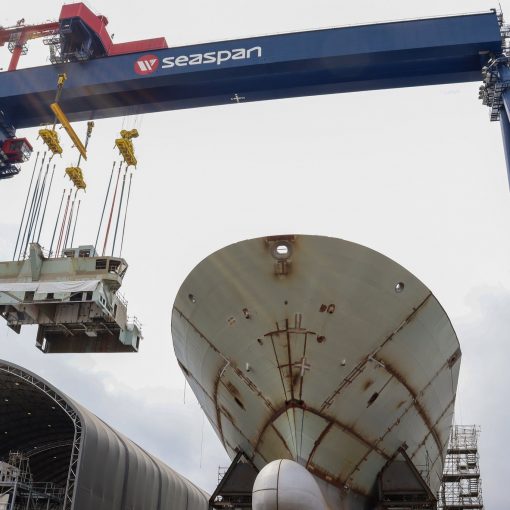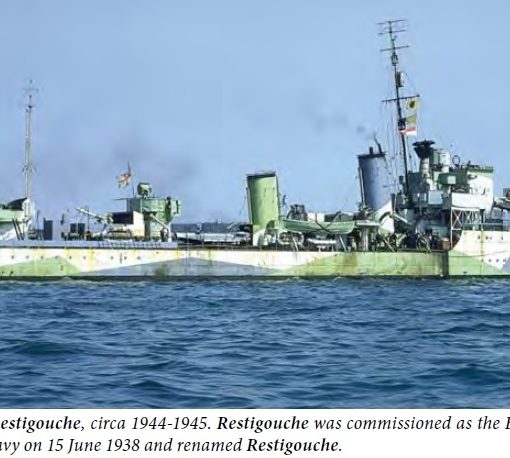Once again, Canada is faced with another complicated military procurement decision. Like other examples before this one, the F-35 procurement involves the competing demands of professional military advice on the one hand, and political judgements about affordability, ‘guns-versus-butter’ trade-offs, transparency, regional equity, and a host of domestic considerations on the other.
The military can be excused for wanting the very best equipment that they can get to meet Canada’s defence needs. And this against a backdrop of considerable uncertainty about what these needs might be, not just tomorrow, but also in 30-40 years time. This is what the military gets paid to think about. In the military calculus, costs are secondary to performance and timely delivery.
For the politicians, the calculus is somewhat different. Costs, benefits to domestic industry, and decisions about just how much risk to take about an always-threatening future are paramount. Politicians are the ones, after all, who have to deal with ‘sticker shock’ and with explaining to Canadians why expensive widgets in five years will mean less health care or education for them.
At the moment, public attention is focused on the F-35's costs. Estimates are running rampant. If we were to be honest, we would admit that nobody really knows what these aircraft will really cost in several years’ time. Much depends on the degree of economic recovery of potential buyers, and what the total offshore sales of the aircraft will actually be. Under the MOU, Canada is assured that: we will pay whatever the U.S. will pay per unit at the time when our order hits the production queue; that no research and development costs or Foreign Military Sales fees will be included; and that we will have access to Industrial Participation Plans.
So, how will all this play out if the Harper government is returned and the F-35 purchase goes ahead? Our elected officials, not knowing how to balance uncertain threats and requirements against equally uncertain costs, will likely respond much the same way they did with respect to our F-18 fighter purchase. That is, the government will say, “So, you are certain that the total programs costs will be $X billion; OK, we will give you the $X billion, and you will have to decide how that absolute total amount translates into the quality-versus-quantity equation.” In the case of the F-18 project, the air force wrote the military requirement for the then world-leading fighter, the F-15. That was the ‘all-singing, all-dancing’ beast that it wanted. Ottawa, and the bureaucratic bean-counters, responded: “OK, here is $2.34 billion to cover the total program costs [as it turned out, through a neat sleight-of-hand, the military had the weapons systems covered in a separate contract, something that will not be allowed to happen again with the F-35]; you decide how many F-15s that will cover.” In the end, the air force had to settle for a less capable fighter, because it had to have at least 130+ fighters to cover off all Canada’s needs at home and abroad.
Of course, the ultimate wild card scenario is as follows. The US says, “OK, if you want to back out of the F-35 deal and procure less capable fighters, go ahead. But, be assured, NORAD or no NORAD, we will take all necessary measures to protect ourselves from any future air threats to the continent. Indeed, we may well have F-22s and F-35s dedicated to the task, and that may involve interceptions over Toronto, Montreal and other major Canadian cities. Why worry? With our stealth capabilities, you won’t even know we are there.”
The Liberals would be trampled by the NDPers who would be demanding that Canada ‘defend our sacred sovereignty with F-35s, and costs be damned!’





